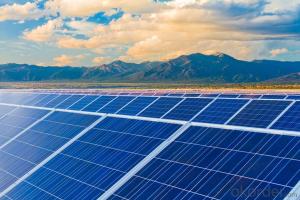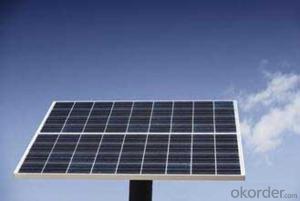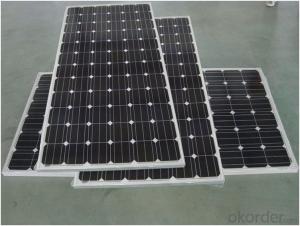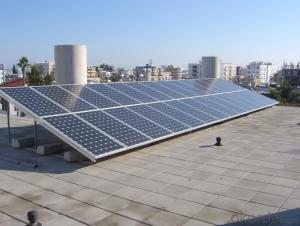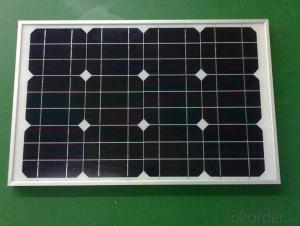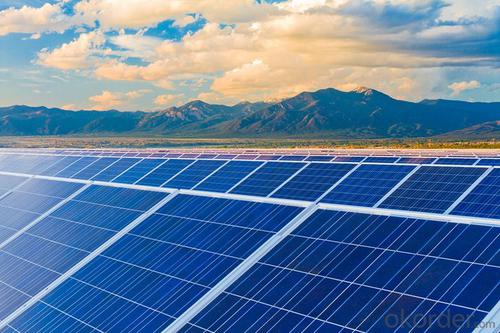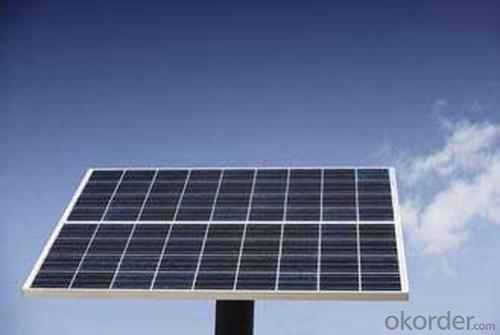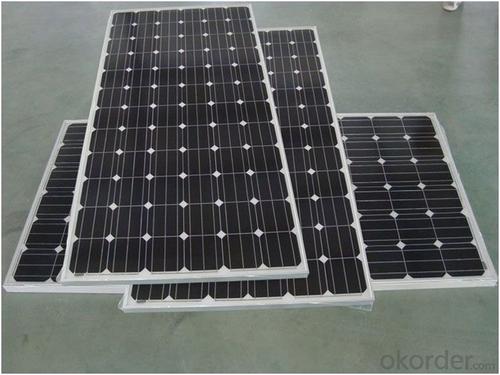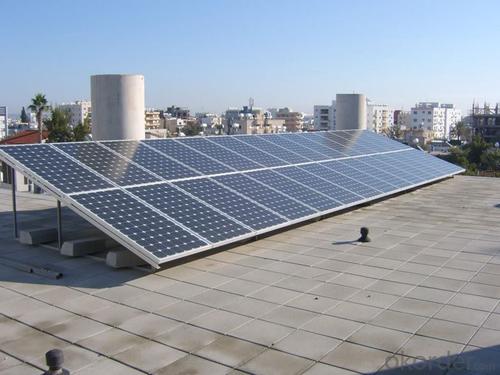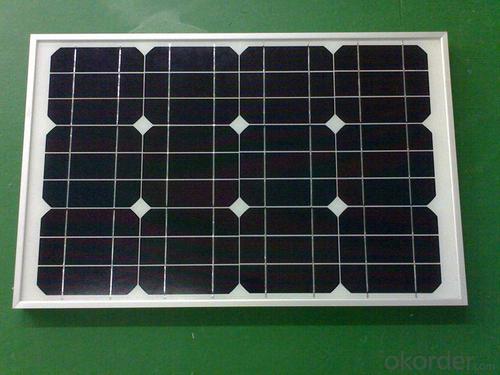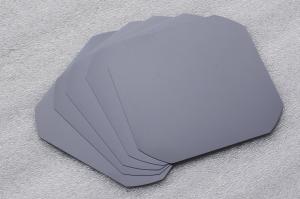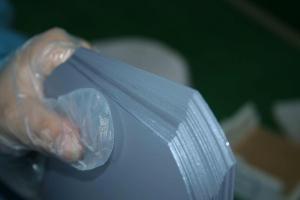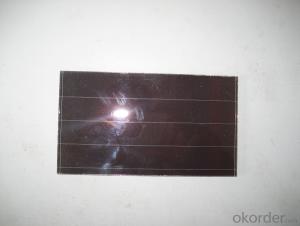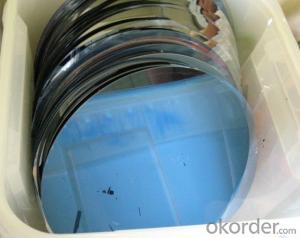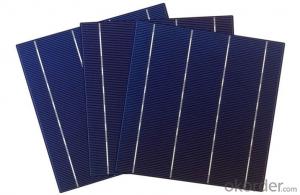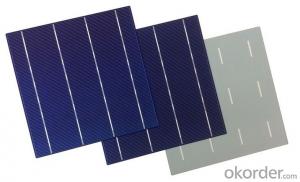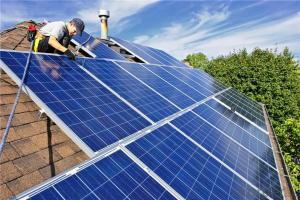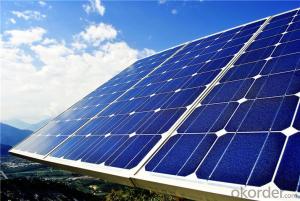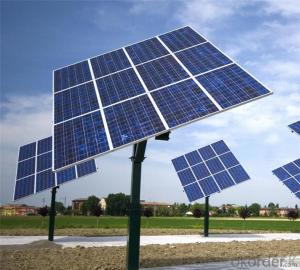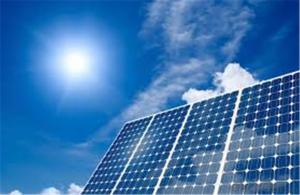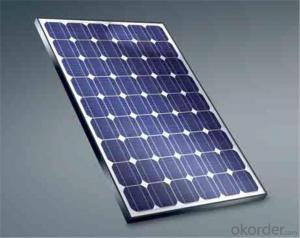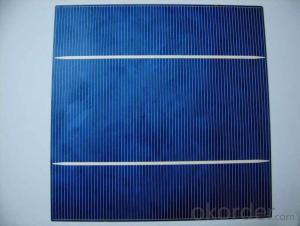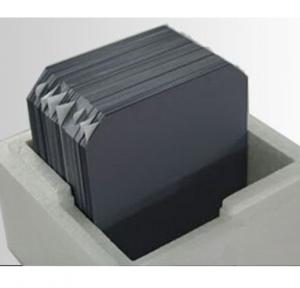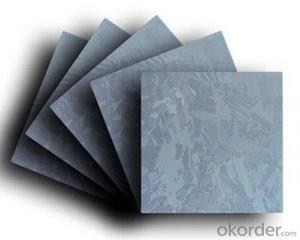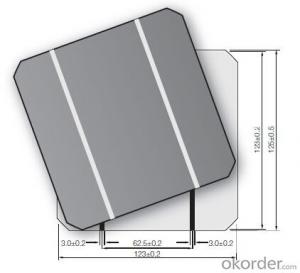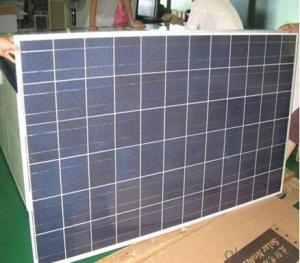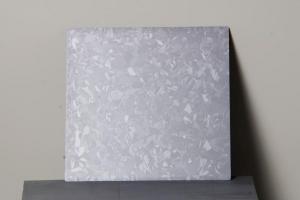260W Silicon Wafer Based Solar Panels for Home Use Solar Power System
- Loading Port:
- China main port
- Payment Terms:
- TT OR LC
- Min Order Qty:
- 10000 watt
- Supply Capability:
- 20000000 watt/month
OKorder Service Pledge
OKorder Financial Service
You Might Also Like
Destription:
Solar panel refers to a panel designed to absorb the sun's rays as a source of energy for generating electricity or heating. A PV module is a packaged, connected assembly of typically 6×10 solar cells. Solar PV panels constitute the solar array of a photovoltaic system that generates and supplies solar electricity in commercial and residential applications.
Main Characteristic
1.Manufactured according to international quality and Environment Management
System (ISO9001, ISO14001)
2. By the high transmittance, low iron tempered glass, anti-aging of the EVA(polyethylene - vinyl acetate), high-performance crystalline silicon solar cells, good Weather resistance TPT (fluoroplastics composite membrane) by pyramid , has a good Weather resistance and anti-UV, hail, water-proof capacity.
3. OEM and customerized package are accepted
4. High efficiency crystalline silicon solar cells
Quality warranty
1.10 years limited warranty on material and workmanship
2. more than 90% power output in 10 years
3. more than 80% power output in 25 years
Product show
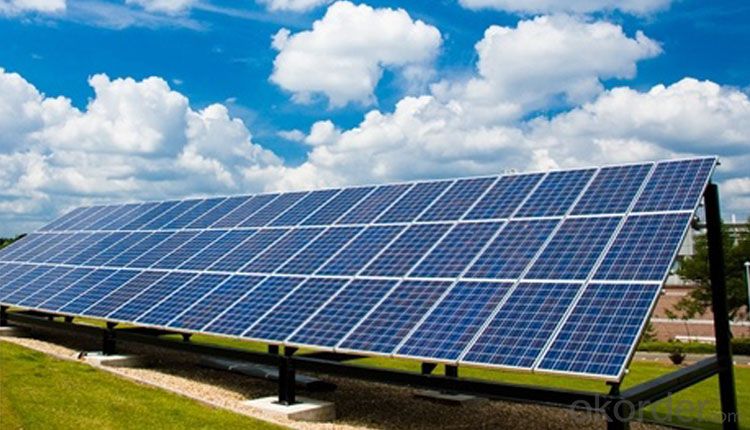

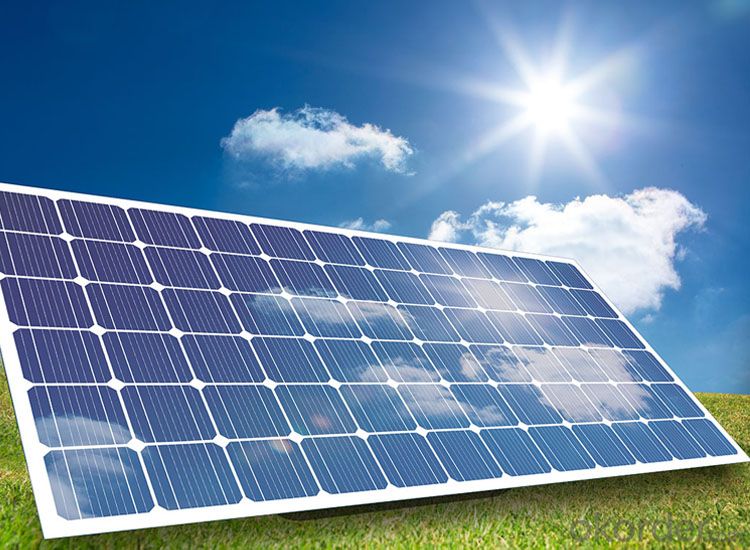
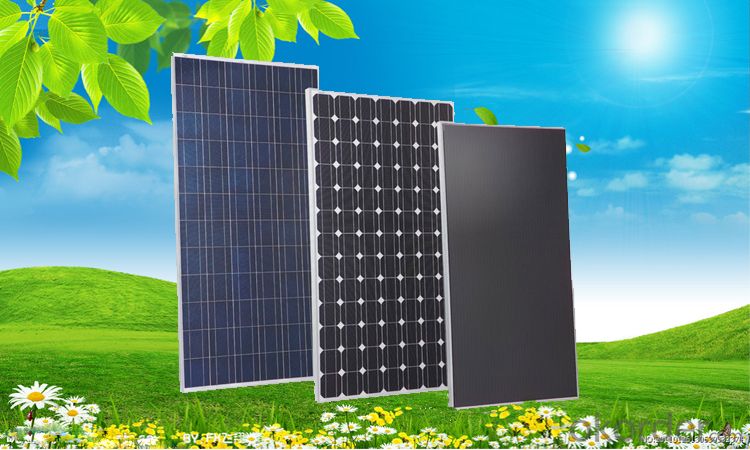
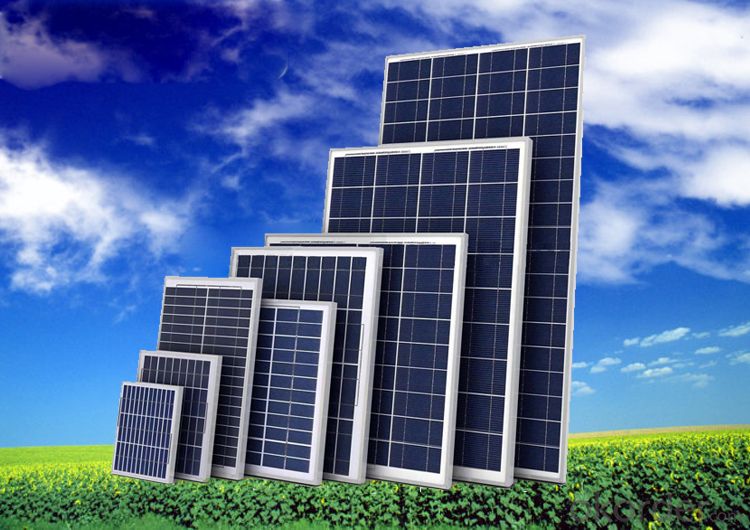
- Q: Can solar silicon wafers be used in solar-powered transportation systems?
- Yes, solar silicon wafers can be used in solar-powered transportation systems. These wafers are used to make solar cells that capture sunlight and convert it into electricity. This electricity can then be used to power various components of transportation systems, such as electric cars or solar-powered boats. By harnessing solar energy, these systems can reduce reliance on fossil fuels and contribute to a more sustainable and environmentally friendly mode of transportation.
- Q: What is the role of a solar silicon wafer in solar energy generation?
- The role of a solar silicon wafer in solar energy generation is to convert sunlight into electricity. These wafers are made of high-purity silicon and are the key component of solar cells. When sunlight hits the wafer, it excites the electrons in the silicon atoms, generating an electric current. This current is then collected and converted into usable electricity, ultimately powering homes, businesses, and other applications.
- Q: What is the role of anti-reflective coating on solar silicon wafers?
- The role of anti-reflective coating on solar silicon wafers is to minimize the amount of reflected sunlight, thereby increasing the amount of light that can be absorbed by the solar cells. This coating helps to improve the overall efficiency of the solar panels by allowing more light to pass through and be converted into electricity.
- Q: Can solar silicon wafers be used in portable solar panels?
- Yes, solar silicon wafers can be used in portable solar panels. These wafers are commonly used in the production of photovoltaic cells, which generate electricity from sunlight. By incorporating solar silicon wafers into portable solar panels, it allows for the conversion of solar energy into usable electrical energy while maintaining a lightweight and portable design.
- Q: What is the role of solar silicon wafers in reducing noise pollution?
- Solar silicon wafers do not have a direct role in reducing noise pollution. Their primary function is to convert sunlight into electricity in solar panels, which helps in generating clean and renewable energy. While solar energy can contribute to reducing pollution by displacing the use of fossil fuels, noise pollution reduction is not a specific benefit provided by silicon wafers or solar panels.
- Q: How do solar silicon wafers contribute to reducing air pollution?
- Solar silicon wafers contribute to reducing air pollution by enabling the production of clean and renewable energy. When sunlight hits the silicon wafers, it generates electricity without any harmful emissions or pollution. By replacing traditional fossil fuel-based energy sources with solar power, we can reduce the reliance on coal, oil, and gas, which are major contributors to air pollution.
- Q: How do solar silicon wafers perform in mountainous environments?
- Solar silicon wafers perform well in mountainous environments due to the high elevation and reduced air pollution. The thinner air allows for greater solar irradiance, resulting in increased energy production. Additionally, the cooler temperatures at higher altitudes can improve the efficiency of solar panels, making them more effective in mountainous regions.
- Q: How do solar silicon wafers perform in high-humidity environments?
- Solar silicon wafers generally perform well in high-humidity environments. They are designed to be durable and resistant to moisture, which helps maintain their efficiency and functionality. However, prolonged exposure to high levels of humidity may lead to a slight reduction in performance over time. Regular maintenance and protective coatings can be employed to mitigate any potential negative effects.
- Q: Are there any advancements in solar silicon wafer manufacturing techniques?
- Yes, there have been significant advancements in solar silicon wafer manufacturing techniques. These advancements aim to improve the efficiency and reduce the cost of solar panel production. Some notable advancements include the use of thinner wafers, such as monocrystalline and polycrystalline silicon wafers, which allow for better light absorption. Additionally, new manufacturing processes like diamond wire sawing and black silicon texturing have been adopted to enhance the efficiency of wafer production. Overall, these advancements contribute to the continuous development of solar technology and its increasing adoption worldwide.
- Q: What is the impact of crystal defects on the performance of solar silicon wafers?
- Crystal defects can have a significant impact on the performance of solar silicon wafers. These defects, such as vacancies, dislocations, or impurities, can affect the electrical and optical properties of the material. They can reduce the overall efficiency of the solar cell by hindering the movement of charge carriers, increasing recombination rates, and limiting the absorption of sunlight. Therefore, minimizing crystal defects is crucial to enhance the performance and efficiency of solar silicon wafers.
Send your message to us
260W Silicon Wafer Based Solar Panels for Home Use Solar Power System
- Loading Port:
- China main port
- Payment Terms:
- TT OR LC
- Min Order Qty:
- 10000 watt
- Supply Capability:
- 20000000 watt/month
OKorder Service Pledge
OKorder Financial Service
Similar products
Hot products
Hot Searches
Related keywords
